Wandana Sonalkar in her book, ‘Why I am not a Hindu Woman‘, takes us through the violent attacks of Hindutva and Hindu patriarchy on womanhood and the idea of gender politics in a Hindu society. On the economic front, neoliberalism has become the dominant model of economy. There is an increase in economic inequality, crime, unemployment and the number of oligarchs. At the political front, it’s the the fall of India as a plural society. On the cultural front, there is a tremendous rise in Hindu mythology and a deep desire to go back into the history. At the social front, there has been an increase in the violence against all vulnerable groups be they women, Dalits, Adivasis, or religious minorities.
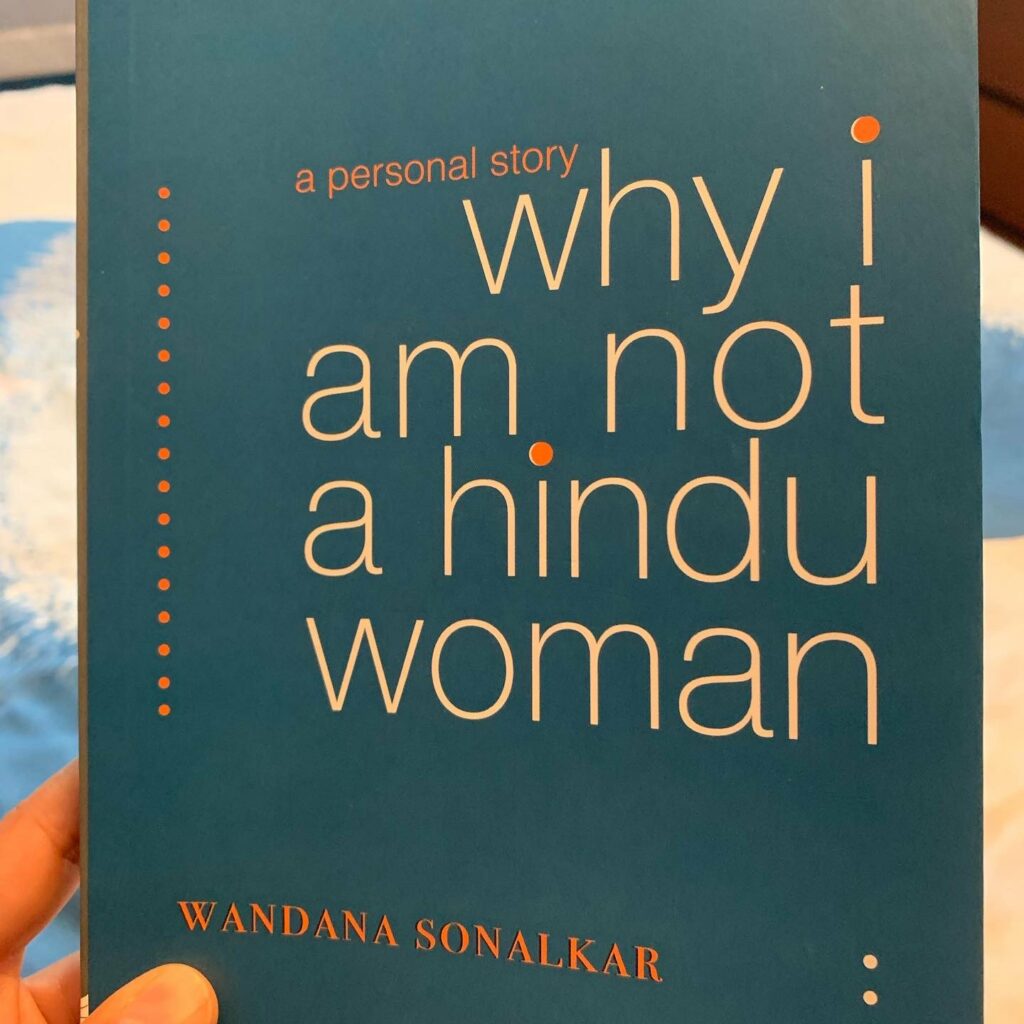
Wandana Sonalkar and her fight against Hindutva
Economic, political, cultural and social upheavals since the early 1990s affected Wandana Sonalkar in more than one way. She could not associate with the new avatar of Hinduism, which is full of hyper masculine aggression.
Wandana Sonalkar says that her position is against both Hinduism and its violent avatar Hindutva. She argues that Hindutva contains within itself all forms of violence ingrained in Hinduism and violence against religious minorities.
With time, things have worsened and she reflects back on all these as a sexagenarian. As a woman, born into a high caste upper middle class Hindu family from Maharashtra she has seen society in her own unique ways.
Also read: Hindutva Mobilisation Of Women —A Serious Concern For Women’s Movement
She reflects that her caste and class privileges blinded her about the bitter sides of life but as a girl she could sense her mother’s plight. Her life experiences inform this book; it is an insider’s account of a Hindu society.
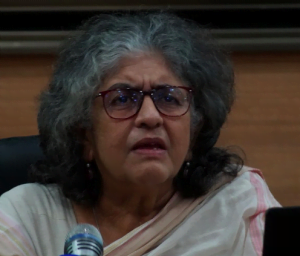
Source: IITB
Hinduism and Hindutva
Wandana Sonalkar says that her position is against both Hinduism and its violent avatar Hindutva. She argues that Hindutva contains within itself all forms of violence ingrained in Hinduism and violence against religious minorities (Muslims, Christians, Sikhs and Buddhists).
“Every time a Hindu woman voices her opinion she is viciously trolled by Hindu men, including rape threats and acid attacks.”
Wandana Sonalkar
When Hinduism becomes Hindutva, normalised violence against Dalits and Hindu women increases too but it fails to capture our attention. Casteism and patriarchy become a normalised form of violence. All these together compel her to call herself an atheist.
Hindu Patriarchy
Wandana Sonalkar has used the term Hindu patriarchy to describe the distinct form of patriarchy which is practiced in India. She traces its roots in the discursive practices of the state, social norms and theological renderings. Two kinds of violence are perpetrated against Hindu women: visible and invisible. Visible form of violence increases as Hindutva emerges like rape threats, online abuse, and physical assaults outside home. Visible violence is itself based upon invisible violence as the latter is systemic.
Wandana Sonalkar argues that it is Brahmanical patriarchy that imposes restrictions on upper-caste women; but lower castes emulate these practices. Hindu men encourage patriarchal women to safeguard caste interest over gender interest; and these men target the same women who advocate for gender equality.
While physical violence erupts when a Hindu woman marries a non Hindu man, social condemnation entails after inter-caste marriages. Various texts address only Brahmin men; whereas Hindu women and Shudras are depicted as to serve him to attain spiritual truth.
Also read: How Upper-Caste Women Continue To Dominate The Women’s Movement in India
Dowry is normalised, so is a privileged male heir for property. A family without male heir is considered incomplete. She was dismayed to see in rural Maharashtra cases of husbands cutting off their wives’ noses on the suspicion of extra marital affairs.
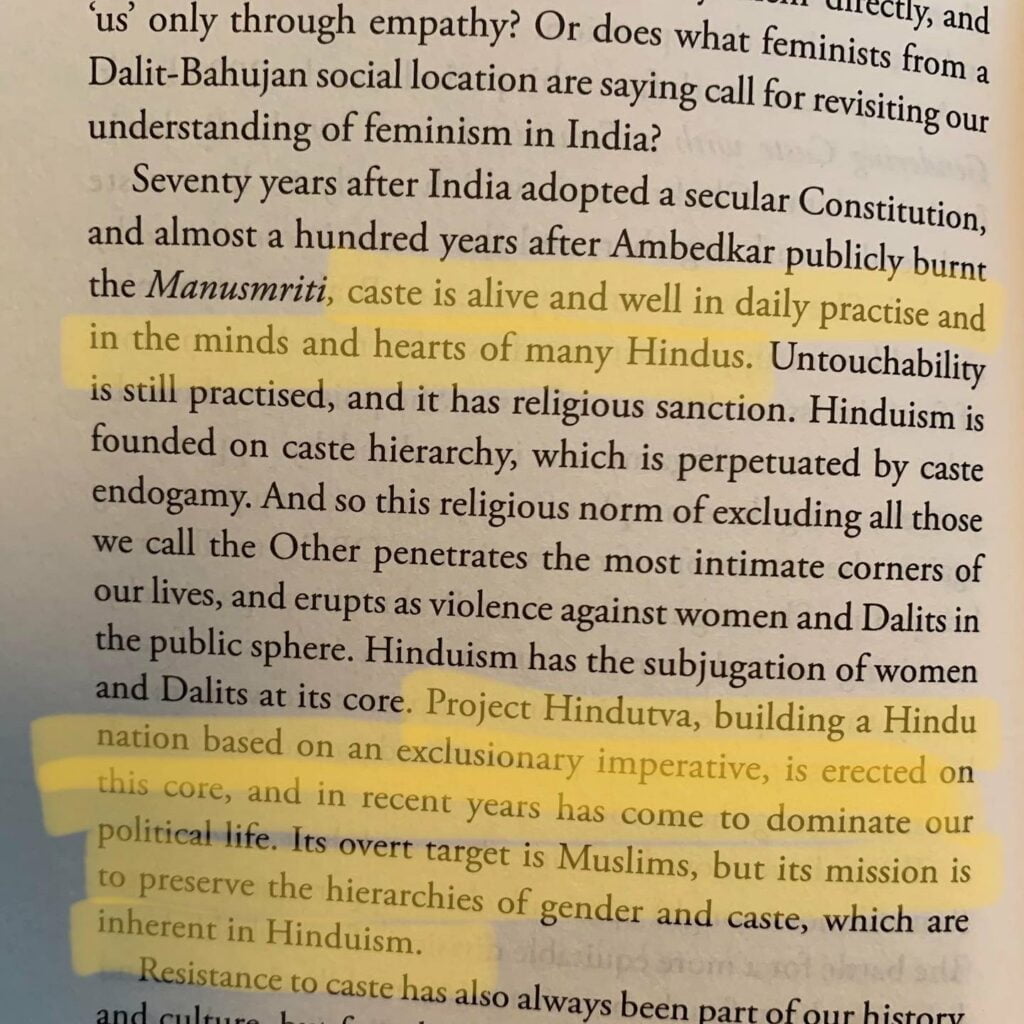
Patriarchy and Casteism
Wandana Sonalkar argues that casteism, patriarchy and communalism are deeply interlinked. It is this aspect which I liked most in the book. Hinduism has deep value for caste hierarchy and untouchability. The book refers to the famous work by Uma Chakravarti ‘Gendering Caste through a Feminist Lens (2018)‘ which analyses how caste and gender work together; and that ‘caste is constituted by gender’. Chakravarti addresses those readers who may be conscious of gender issues, but not of caste.
Hindu men deny reproductive rights to Hindu women in private but talk about family planning among Muslims in public. Wandana Sonalkar argues that making fun of polygyny among Muslims is actually about the hidden sexual anxiety of Hindu men to maintain monogamy.
She argues that it is Brahmanical patriarchy that imposes restrictions on upper-caste women; but lower castes emulate these practices. Hindu men encourage patriarchal women to safeguard caste interest over gender interest; and these men target the same women who advocate for gender equality.
Also read: Dalit Women, Sexual Violence And The Role Of Media
One good example is that of Marathas of Maharashtra. Marathas are the dominant caste but considered as Shudras by Brahmins due to their peasant past. They bring out rallies where women participate but do not talk about gender equality; these women simply represent the caste pride of Maratha men.
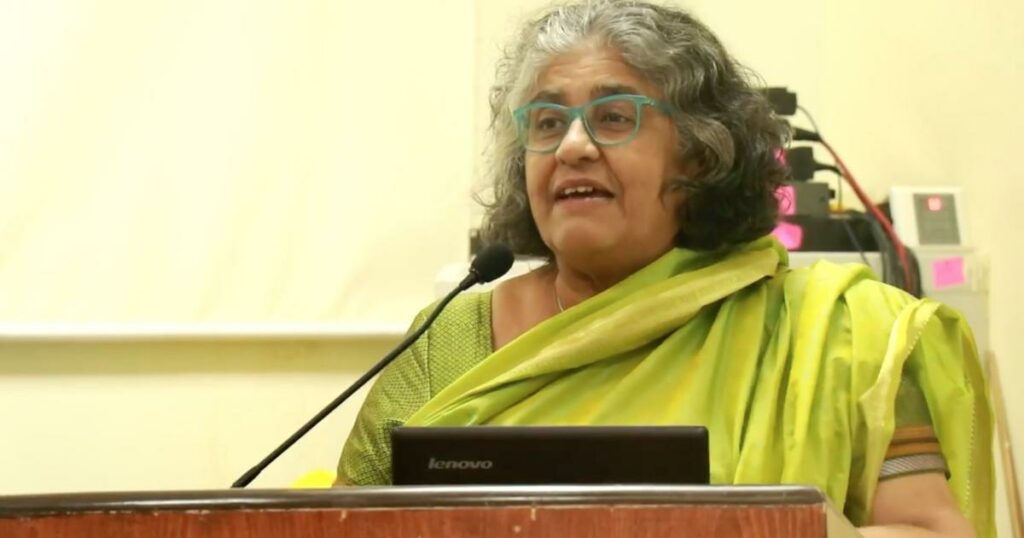
Patriarchy and Communalism
Reading this autobiography I also realised how patriarchy and communalism are interlinked. Not only society but also the state is against interfaith marriages.
Every time a Hindu woman voices her opinion she is viciously trolled by Hindu men, including rape threats and acid attacks. Hindu men deny reproductive rights to Hindu women in private but talk about family planning among Muslims in public. Wandana Sonalkar argues that making fun of polygyny among Muslims is actually about the hidden sexual anxiety of Hindu men to maintain monogamy.
Also read: Anuradha Ghandy On Hindutva, Women In RSS & A Complete Abolition Of Caste
There is an increase in the number of women who are now in colleges and prefer to marry out of their choice. This questions the masculinity of Hindu men. Thus, Sonalkar says that Hindu communalism is rooted in Hindu patriarchy. The same line of argument has been given by Charu Gupta in her ‘Sexuality, Obscenity, Community (2002)‘ and Paola Bacchetta in her ‘Gender in the Hindu Nation (2004)‘.
Each and every sector of public services like educational institutions, private companies, media houses and PSUs should have proper representation for women from the bottom to top levels. There has to be a more gender sensitive course curriculum at the school level like talking about domestic chores, reproductive justice and child-rearing responsibilities.
Despite these limitations, the book closely discusses about Hindu communalism, neoliberal governmentality, caste hierarchy, untouchability and sociology of violence.


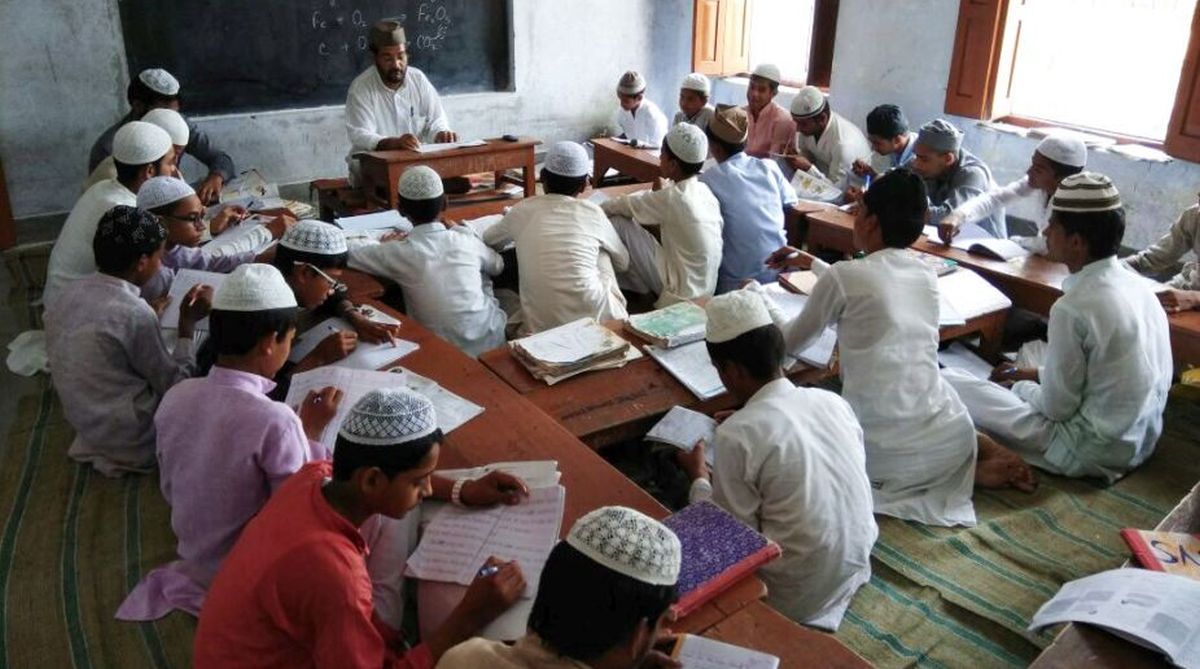
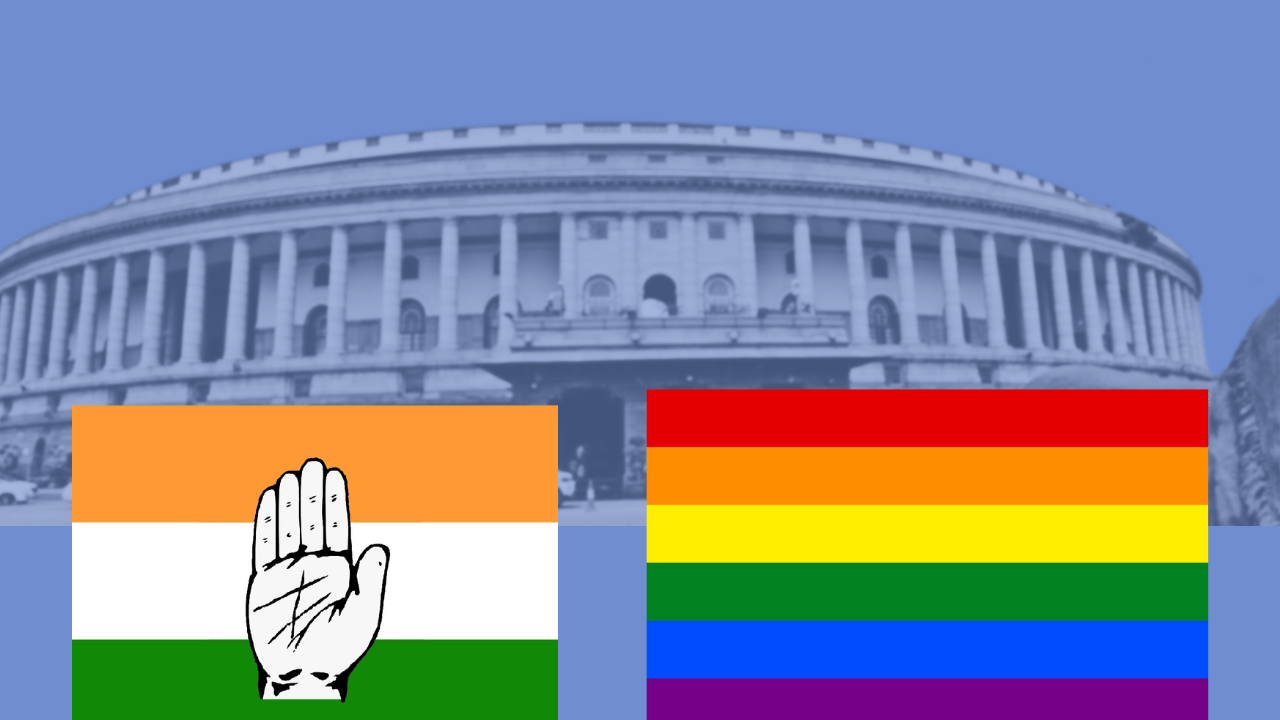

A nice write up! Zeeshan Husain has comprehensively highlighted the key aspects of the book.
Lucid and enlightening
Zeeshan bhai atleast Don’t forget to rethink about your islam